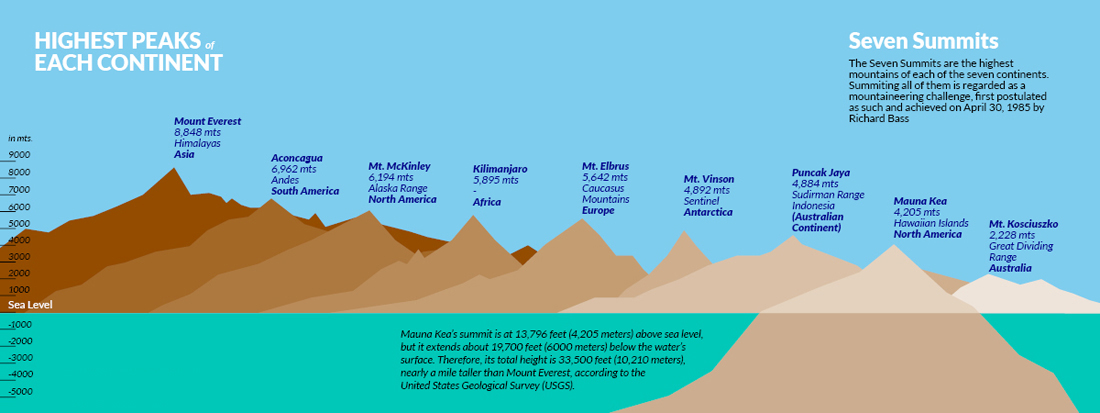Dick Proenneke in “Alone in the Wilderness” is the story of Dick Proenneke living at Twin Lakes in the Alaska wilderness.
Dick retired at age 50 in 1967 and decided to build his own cabin on the shore of Twin Lakes. He filmed his adventures so he could show his relatives in the lower 48 states what life was like in Alaska, building his cabin, hunting for food, and exploring the area.
Bob Swerer has used some of the footage from Dick’s films and created 4 videos about Dick, “Alone in the Wilderness”, “Alone in the Wilderness part 2”, “Alaska, Silence and Solitude” and “The Frozen North”. They can purchase from Bob Swerer Productions at the DickProenneke.com website.
Below are some excepts from these films.




